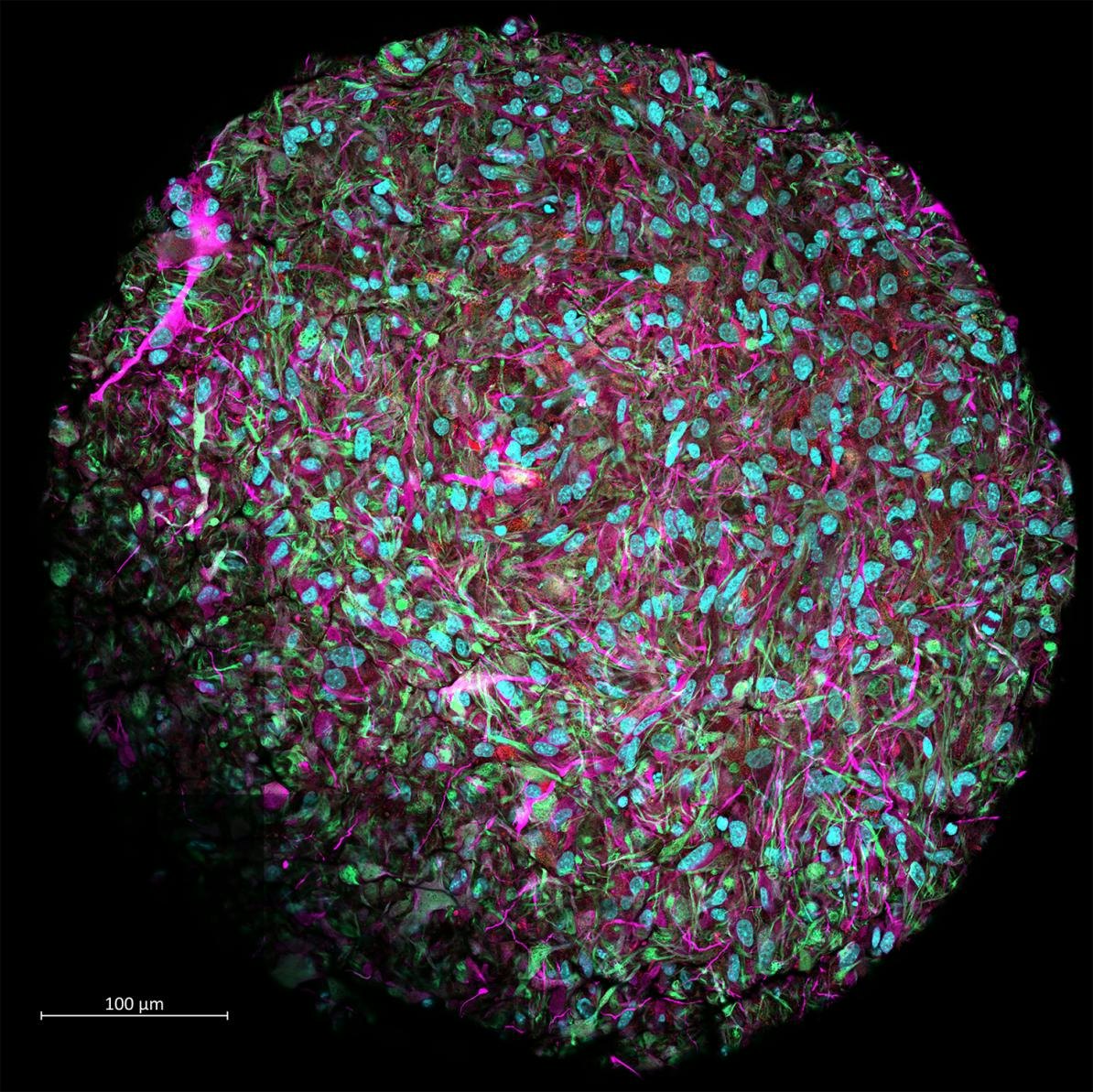
Computers are not mechanical brains, and our brains are not biological computers. They differ in function, organization, and composition. Both have circuits, sure, but computer chips are ultimately bits of silicon alloys pressed into highly designed, extremely convenient sizes and shapes, while our brains are carbon-based masses whose structure is still largely a mystery to neuroscientists.
Since the mid-20th century, people have touted the similarities — and considered the possibility of combining — brains and computers. Sci-fi author Isaac Asimov helped to devise the idea of a “positronic brain” that could bestow robots with the intelligence and self-awareness of a human in 1950.
Computer scientists still dwell on the shared features between minds and machines. Artificial neural networks, which power many of today’s AI, mimic the organization of neurons in the human brain. Other researchers are trying to make computer hardware more brain-like, for instance, by replicating the electrical activity of a neuron on a chip.
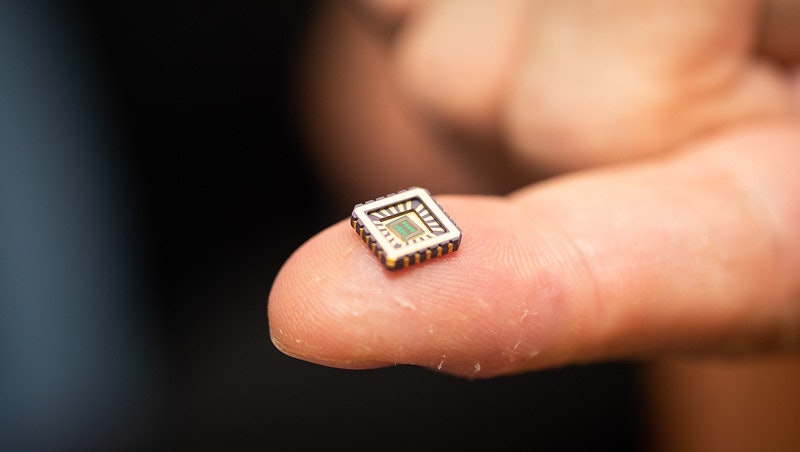
There are also researchers like Thomas Hartung, a biochemist and physician at Johns Hopkins University. Hartung and his colleagues are growing “brain organoids,” collections of human skin cells coaxed into resembling brain cells, in the lab. They want to connect the organoids to sensors and other devices and train them to process and store information with the help of machine learning.
Hartung has lofty goals for these organoids. They could help neuroscientists study how brain cells work together. They could also aid pharmacologists who study brain chemistry — for example, people developing treatments for Alzheimer’s disease. Hartung believes brain organoids can eventually replace the animal subjects typically used in these experiments.
But ultimately, Hartung wants to turn the creations into “biological hardware” for computers. In theory, organoids could perform certain tasks using less energy and hold far more memory than current silicon machines.
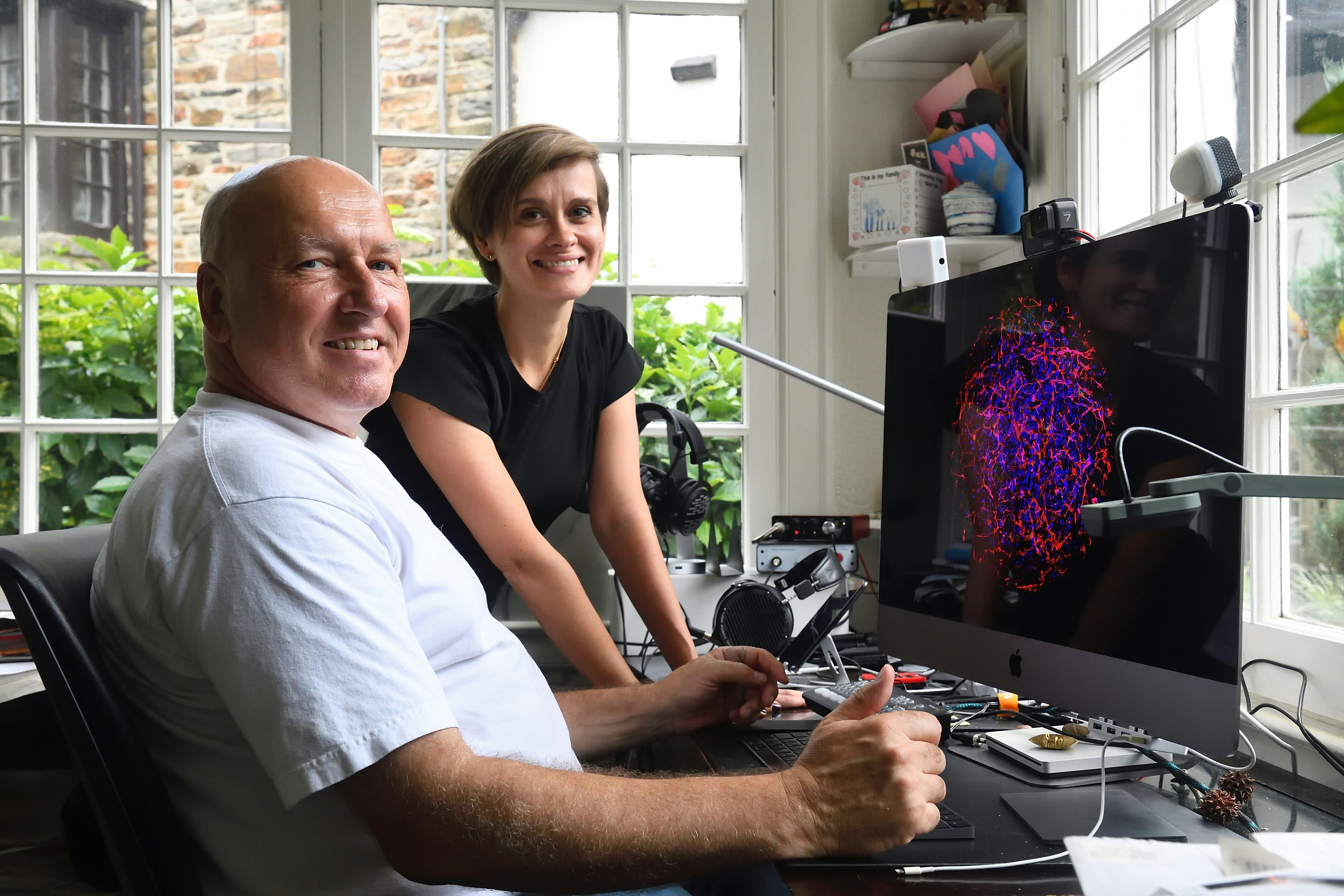
This dream is already taking shape. A team of researchers in Australia recently taught a collection of brain cells to play the video game Pong using a method somewhat similar to training a dog.
The team hooked their organoid up to electrodes and fed it details on the ball’s position; the organoid sent electrical signals back to control the paddle. If the organoid successfully hit the ball, the researchers “rewarded” it with an electrical stimulus, somewhat like a treat for a pup that sits on command. The organoid didn’t master Pong, but it managed to perform better with training than it would by random chance.
We spoke to Hartung about what a brain organoid might do next — and when to expect organ-powered computers.
This interview has been edited and condensed for clarity.
If brain cells can play Pong, can they defeat humans?
They only were able to show acute, or short-term, memory. The organoid culture became better and better in each training session, but the next day, everything was forgotten. The expectation is that, now, with the potential to establish long-term memory, we can actually move into memory and learning in the sense people would understand it.
And you cannot easily build production of such complex cell cultures. It takes at least a year. We train many people, but it takes them a year, on average, to get them done.
What’s next for organoid research?
We’re planning to use brain-machine interfaces to control robots. That’s on the plan for about a year’s time from now. So, we want to demonstrate the capability of long-term learning and, ideally, learning a sequence of tasks in a brain organoid.
One of the big changes at the moment is to scale first. We are limited with the brain organoids to about half a millimeter in size … otherwise, we don’t get enough oxygen and nutrients into the center of this cell ball. But that’s just the number of neurons of a fly, so it’s not really worth training. You might lose your organoid and can’t find it anymore!
Our work at the moment aims at producing an organoid which is about 1 centimeter large — which is then, already, twice the size of a mouse brain. That’s substantial, but it requires perfusion, where we create an equivalent to blood vessels to get nutrients into the brain. That’s not rocket science; this has been done for other organs already, but nobody had seen a need so far to produce larger brains.
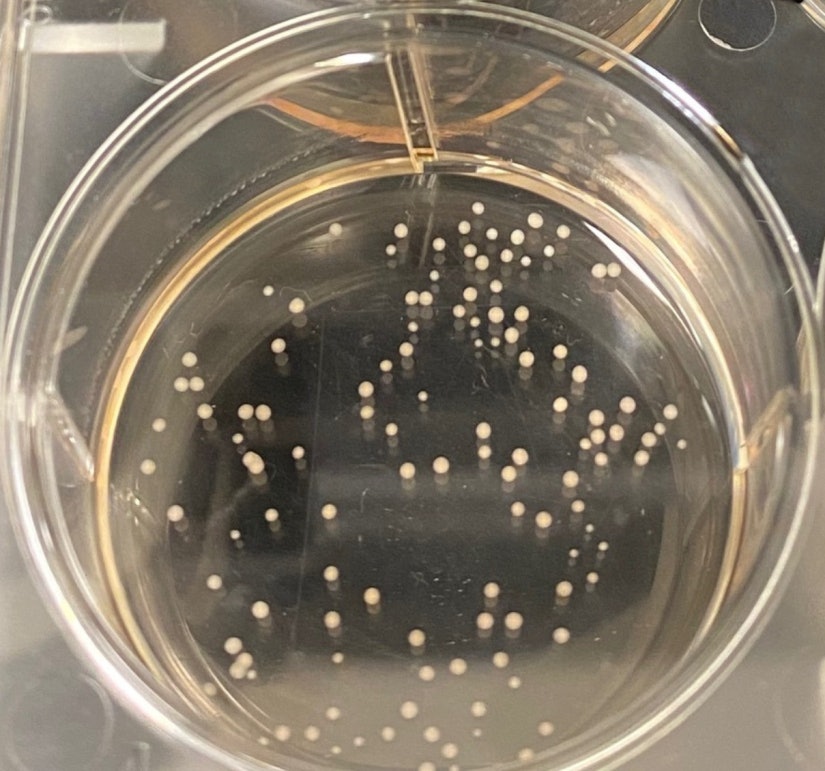
How is this method different from using a mouse brain?
At the moment, when you bring a mouse or mouse brain into an experiment, it has a history: There is complex behavior, there is already an architecture in response to the mouse’s life experiences.
With our organoids, we really start from zero. We can influence and control every moment, and by what you feed into it, you can also determine what you study.
Many people are concerned about whether the organoids could suffer, for example. If I don’t give them pain receptors, there cannot be pain reception.
What about a computer that runs on a human brain?
With organoids, we can really control the input. With a human, you cannot really control what this human is experiencing. Even if you put them into a certain controlled environment, you’re limited. You’re also very much limited because — we have a skull. You cannot really poke many electrodes into the human brain easily and then control the experimental situations.
That’s exactly what we can do with organoids.
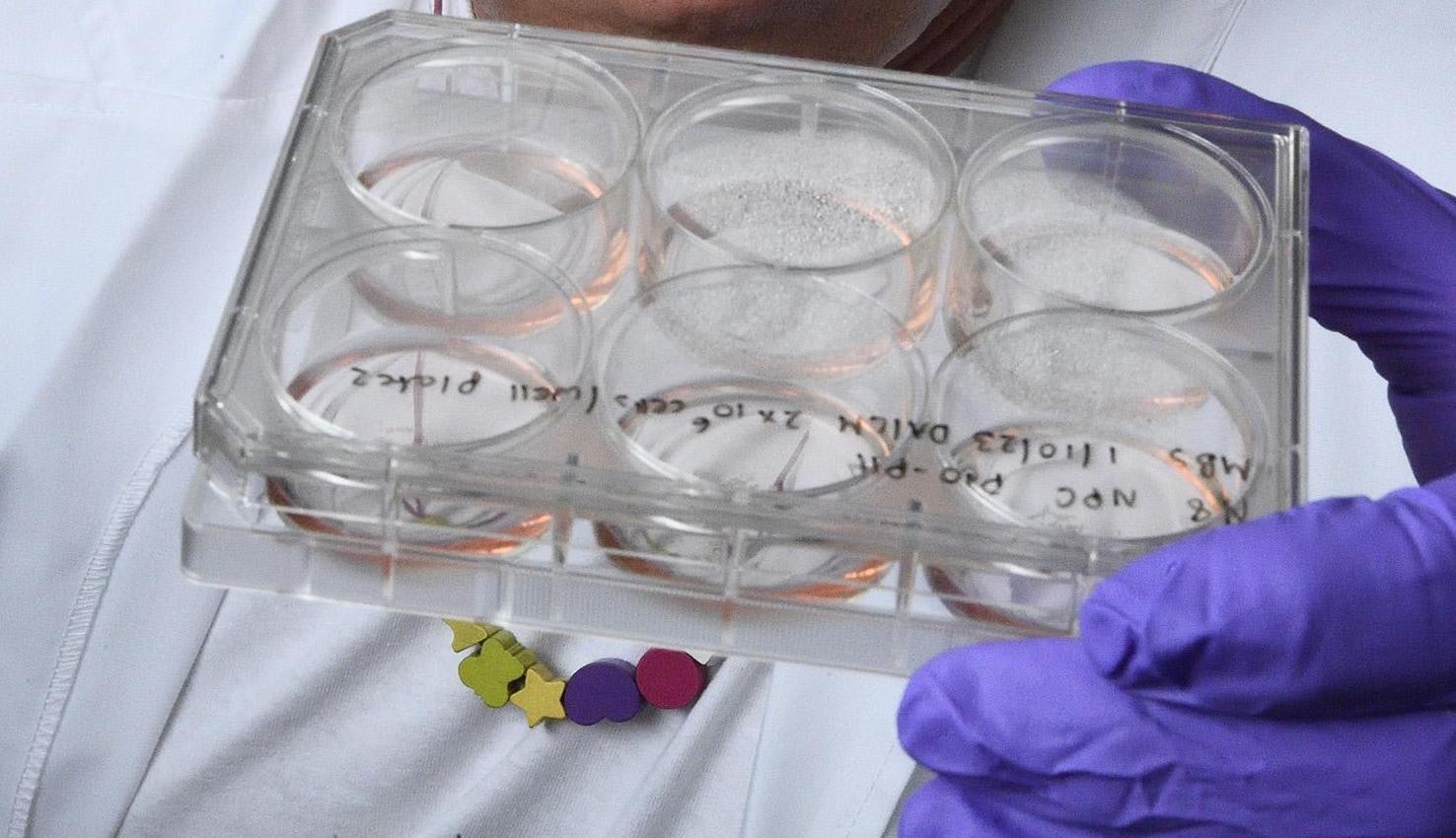
What advantages might brain organoids have over computers?
There’s a couple of aspects which make the brain still superior to computers. For example, our capability of concluding on the basis of incomplete information, or what we would call intuitive thinking. We can be very fast and take shortcuts. We are often right — not always, but it is much easier to live with a decision that is based on incomplete data.
For example, a child can distinguish cats and dogs after 10 pictures with a pretty good error rate. A computer needs hundreds of pictures.
We can also add information much easier. You learn 10 words in Italian and you add it to your current “model.” Most computers have to just rerun their entire model to integrate this information.
But we should not compete with silicon computers where they are good. My handheld calculator is better than me at doing calculations. Why should I use a brain organoid to make it a calculator? It will likely be limited to what my brain is capable of doing — if it ever achieves something like this.
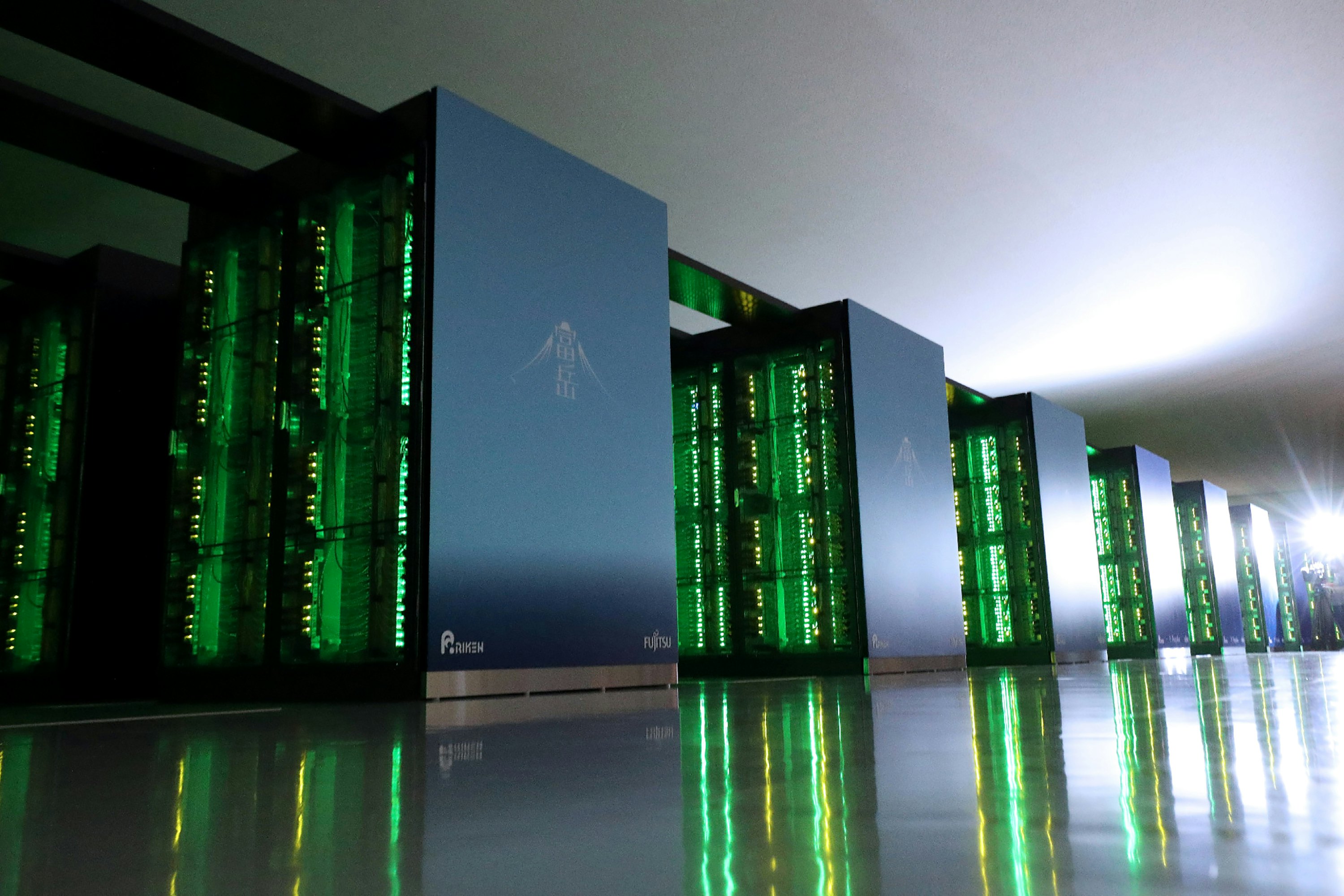
How far are we from brain-powered computers?
For the last 60 to 70 years, the more we have understood the brain, we have tried to make computers more brain-like, because there are still some advantages.
You can either envisage that you use it as a model to change our computer architecture, or you could at some point even have a biological component to your computational system.
That’s certainly the furthest away. It is science fiction, but I would say: 20 years ago, the iPhone was science fiction.
Are you considering the obvious question: What if these organoids become self-aware?
We are far from anything which is really producing concerns. There is no suffering, there is no self-awareness or consciousness that you can expect from these organoids, for the foreseeable future. But we have to discuss it, because people are feeling uneasy.
So, one of the things our ethicists at Johns Hopkins are doing at the moment is surveying the general population. They are asking, “what do you think about this?” At some point, people say, “Uh, perhaps we should think about this better?”
Then you give them information like, “there’s an informed consent by the donors of these cells,” or “this is done to find drugs for Alzheimer’s.” You test out what people feel about it, and this helps with the communication of this research.
We don’t want this to suddenly backfire. We want to work for the greater good.







